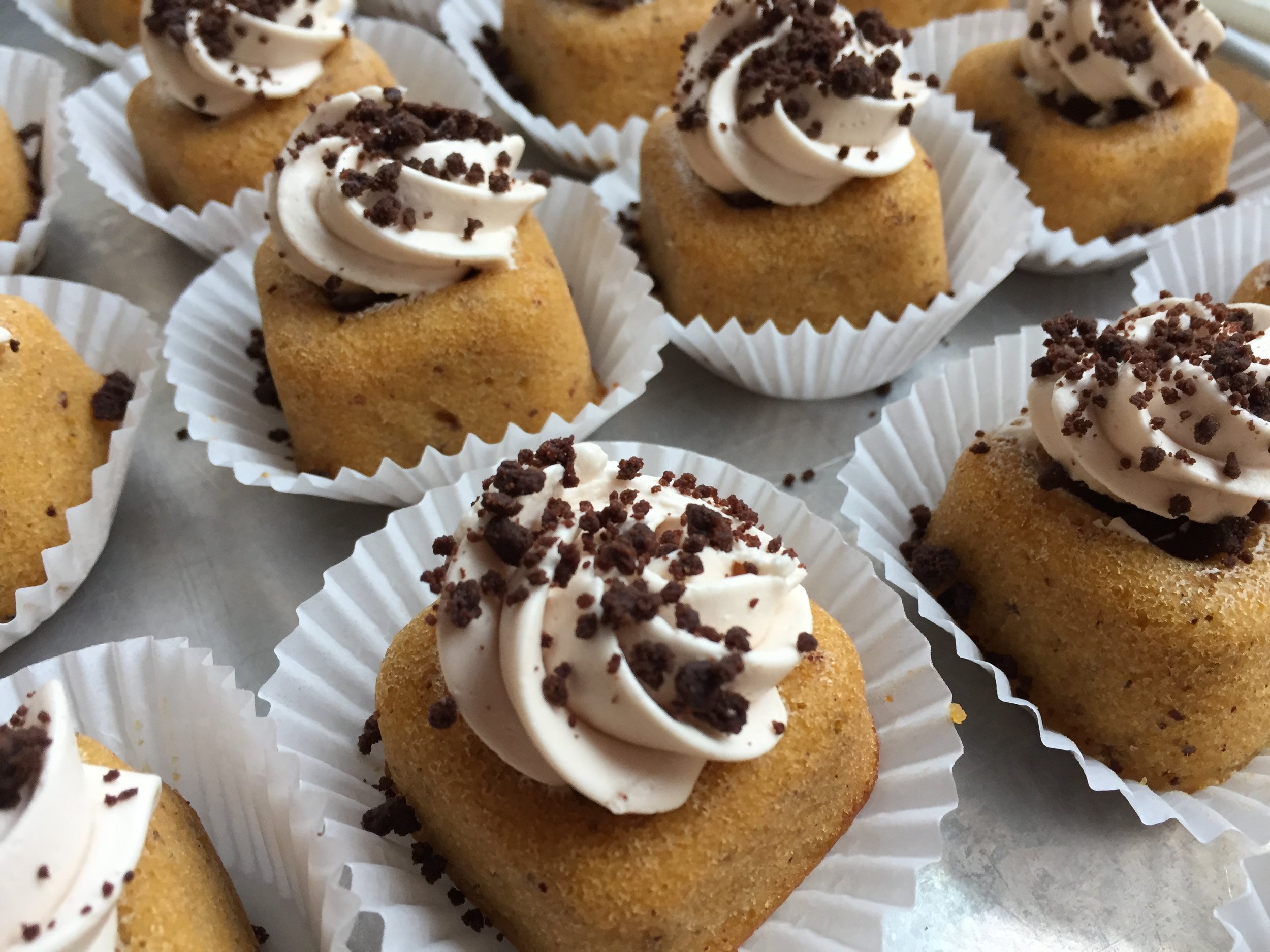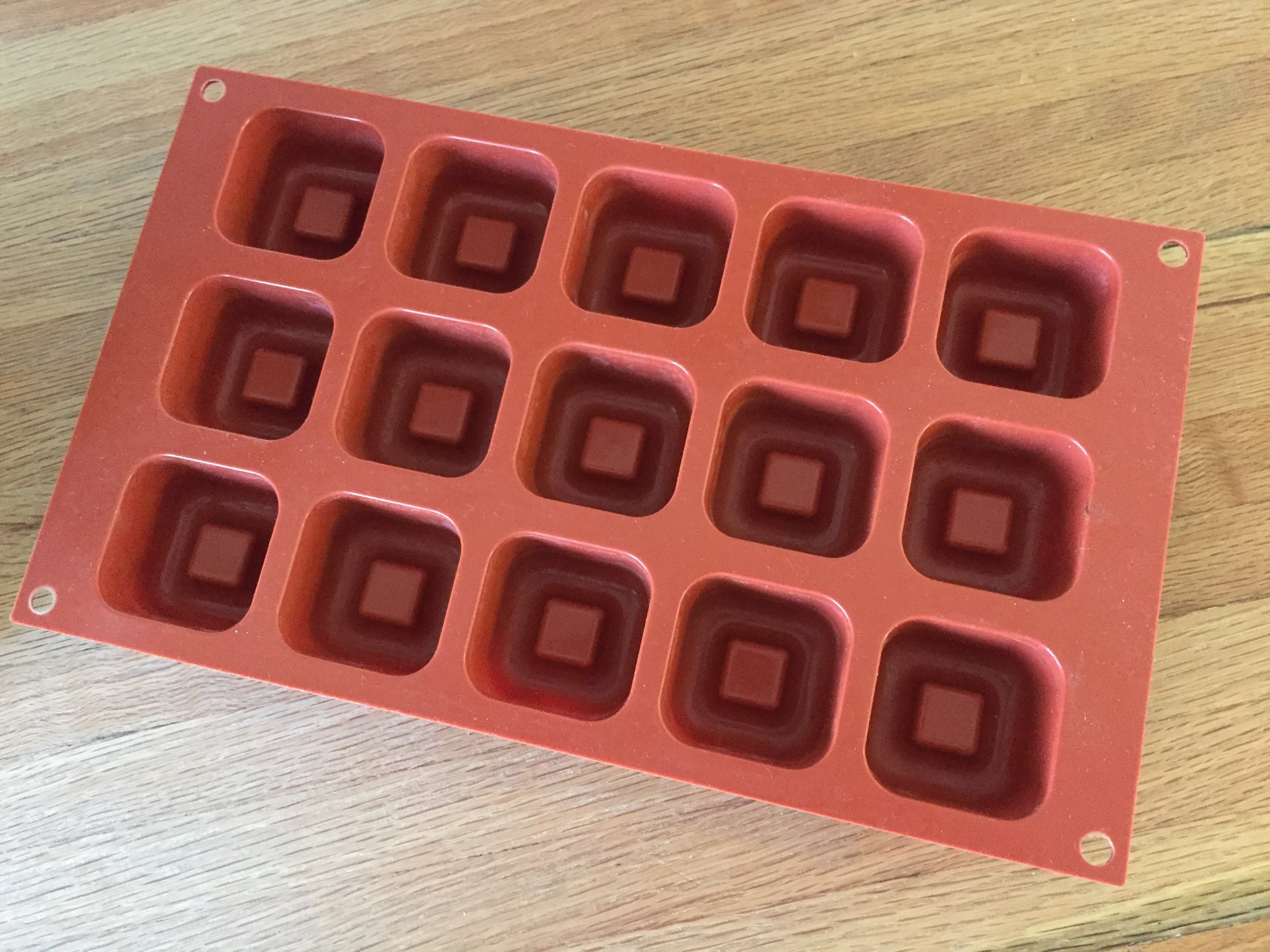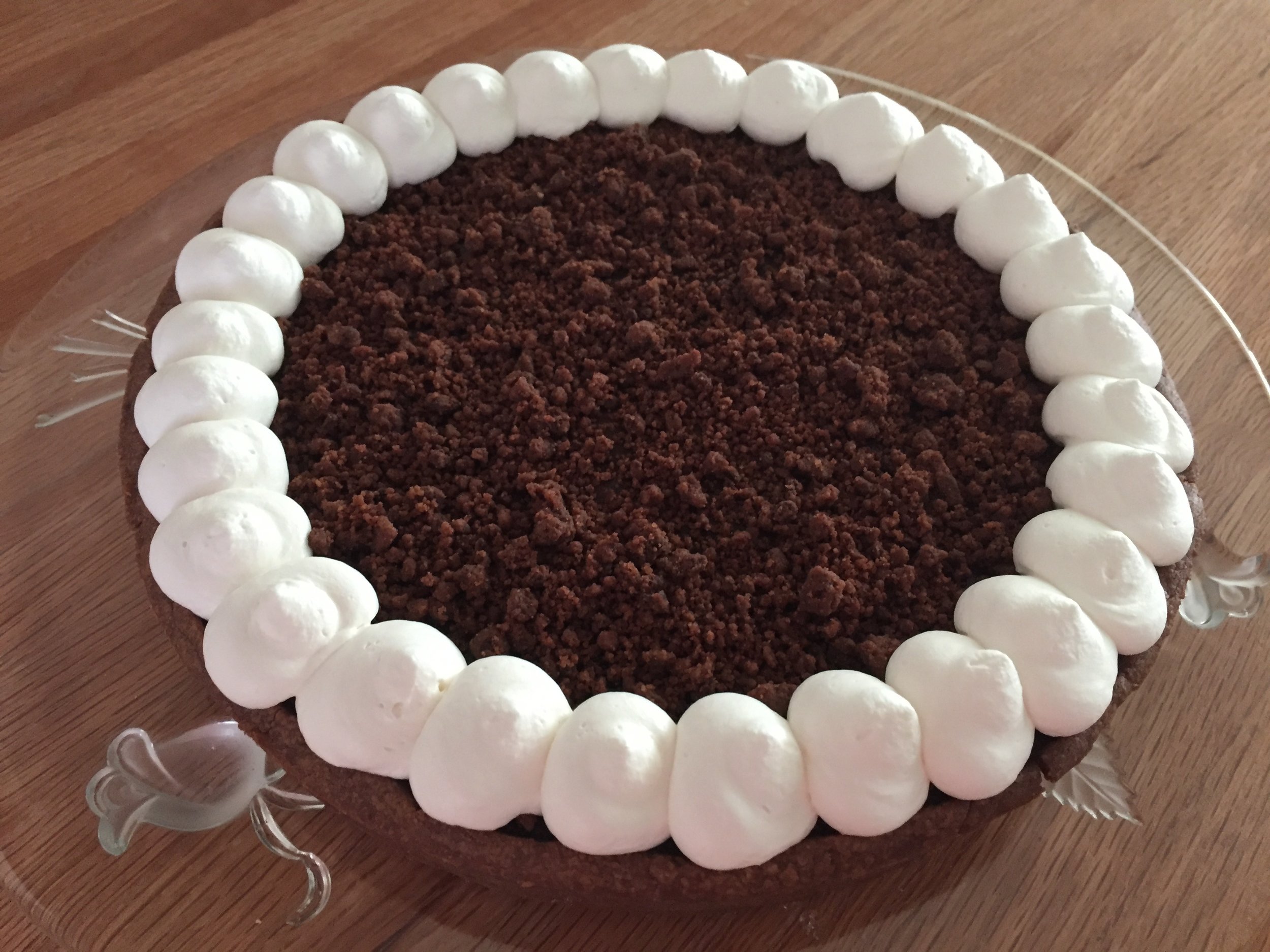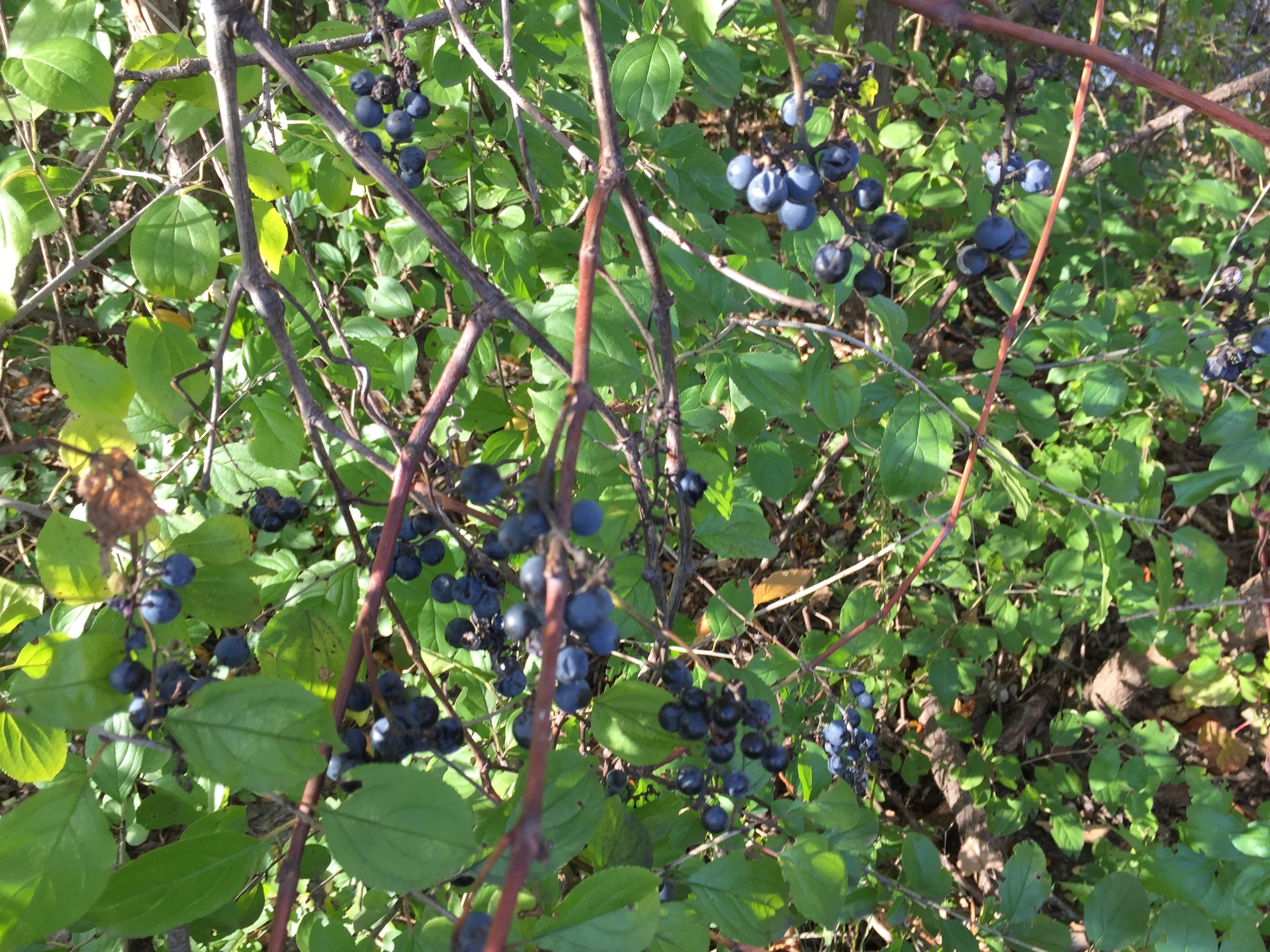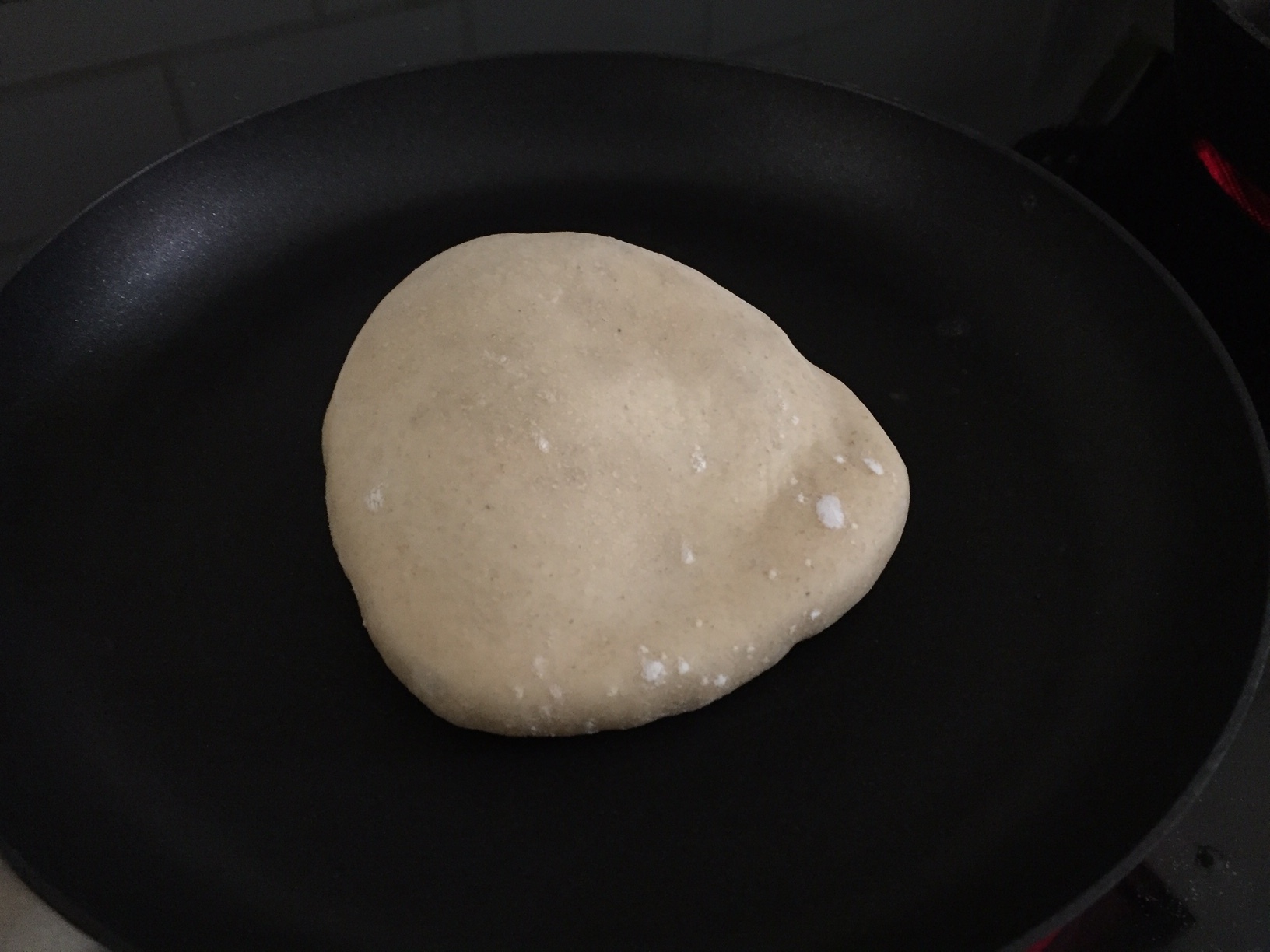Some weeks back for the Memorial Day gathering at Clear Lake we planned to bring brats and sausages from Kingma's market (good stuff by the way) for the main course. There was also a potato contest in the works to see who might create something that could hold a candle to one of the family favorites, cheesy potatoes.
Steve planned to make his famous potato galette, and I wanted to contribute something potato-y as well. Hey! How about potato rolls to go with those delicious brats? Why not.
Embarking on my potato roll quest, I reviewed a couple of recipes that used roasted potatoes in the dough but ended up with a dinner roll recipe from King Arthur Flour that seemed like just the ticket.
Back during our Vermont days we would often prepare and enjoy food with friends Ross and Candi Walton. Candi always referred to mashed potatoes as "mashies", a term we have used now for many years when referring to that particular dish.
For this roll recipe I boiled up some Yukon Golds and gave them a rough mash - something I like to refer to as "smashed". I think Candi would be on board with that one, don't you?
Let me tell you! This recipe process was molto interessante as the Italians would say. I pretty much followed the KAF recipe (it'll come, don't worry), aside from reducing the egg a bit, but what really tangled me up was the lack of any guidelines for the kneading time of this starchy, enriched dough. Soooooo sticky!
I kneaded it for 8 minutes in my Kitchenaid stand mixer then gave it a 30 minute rest with an every 10 minute stretch and fold over. It was still pretty sticky so I gave it another 6-7 minute mixer knead. Frankly I wasn't quite sure where I was with this dough.
But I plowed ahead, placed it in a lightly greased bowl covered with plastic wrap and let it rise about 90 minutes.
I had intended to make hot-dog style buns, but, when it came to dividing and shaping the dough, I found it simply wasn't behaving the way I had hoped. It remained quite sticky, so I tried both the flouring-the-surface-and-hands method and the oiling-the surface-and-hands method to be able to handle this interesting dough. Both worked - sort of.
First I created 75 g pieces, gave them an initial boule shape, let them rest 5-10 minutes and then attempted to roll them into hot-dog, log-like shapes. Nuh-uh. It was not happening.
So I reverted to the boule roll form and persevered. FYI - I almost gave up on this one.
Once shaped and placed on a parchment lined sheet pan, I gave them a 1.5 hour rise until puffy.
I heated the oven to 350ºF and baked 20-25 minutes until nicely browned.
Hmmmmm. Maybe this will work after all.
They felt REALLY soft once cooled, but, not to be thwarted this far into the process, I decided to let them sit overnight covered with parchment.
Boy howdy! These babies were delicious. A wonderful soft texture, delicate flavor but with enough structure to hold up to a good turkey-lettuce-mayo sandwich. Yum.
Steve declared them unfit for brat use (not the right shape don't ya know), so into the freezer they went and we've been enjoying them since. Burgers, sandwiches. It's all good.
Now for the recipe. Going against my usual grain, I'm providing this in good ole measurements as opposed to metric weights. It just feels right here.
2 large eggs (I backed that off to about 1.5 eggs)
1/3 cup sugar (I made this one a scant 1/3 cup)
2 teaspoons salt
6 tablespoons butter, soft
8 ounces smashed potatoes (unseasoned), at room temperature
2 1/4 teaspoons instant yeast
3/4 cup lukewarm water, preferably water in which the potatoes were boiled. I used half potato water and half milk.
4 1/4 cups unbleached all purpose flour (King Arthur of course - after all, this is I recipe I found on their website!)
1. Mix and knead all the ingredients to make a smooth, soft dough. No time frame is given so I winged it as described above.
2. Place dough into a lightly greased bowl, cover with plastic wrap and let rise about 90 minutes until doubled in bulk.
3. Gently deflate the dough and divide into desired sized pieces. For a good size hamburger bun I used 2 5/8 ounce or 75 grams with a yield of 16 rolls. Round each ball into a smooth roll.
4. Place the rolls on parchment lined pans, cover lightly with greased plastic wrap and let rise 1.5-2 hours until quite puffy. Toward the end of the rise preheat the oven to 350ºF.
5. Bake for 20-25 minutes until golden brown and feel set. Remove from the oven and transfer to wire racks to cool. (Option - brush with melted butter)
6. Serve warm or at room temperature. Store well wrapped in plastic for several days at room temperature or freeze (what I did).
All I can say it there is so much to learn about bread baking. I recently purchased Jeffrey Hamelman's book "Bread" and have just begun delving into it. So much detail, so many variables and so many ways to make delicious bread.
With this recipe I based my kneading time somewhat on the fact that this is an enriched dough with butter, egg, and sugar, reminiscent of lean brioche. It seemed like a longer kneading time was the thing to do. Was that the right approach? I'm not sure. All I know is they taste good and that's what counts!

